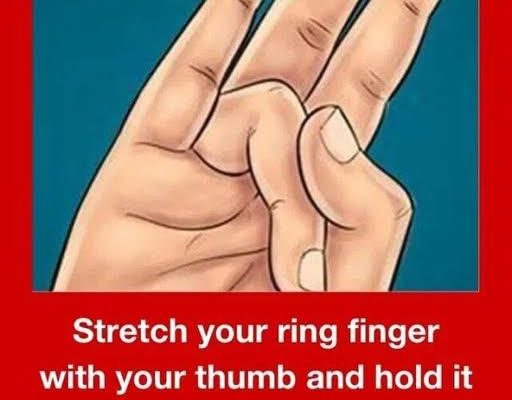Did you know that simple hand gestures, referred to as “mudras,” have been utilized for centuries in wellness practices to foster relaxation, concentration, and equilibrium? These subtle finger positions are frequently incorporated into yoga and meditation routines and are thought to enhance both emotional and physical health when practiced regularly.
One example of a mudra involves extending your ring finger and gently pressing it with your thumb. This action, along with others, is part of a system deeply rooted in traditional practices, particularly within Ayurveda and yoga philosophy. Although scientific studies on mudras are limited, numerous practitioners report experiencing tranquility, enhanced focus, and mindfulness through consistent practice.
Let us delve into several well-known mudras, their execution, and the potential advantages they may offer when integrated into your daily wellness regimen.
- Gyan Mudra (Mudra of Knowledge)
How to Perform:
Assume a comfortable seated position, either cross-legged or on a chair.
Place your hands on your knees with palms facing upward.
Gently connect the tip of your index finger to the tip of your thumb.
Keep the other three fingers relaxed and extended.
Potential Benefits:
Promotes mental clarity and focus.
Encourages a sense of calm, particularly during meditation.
Commonly used to enhance mindfulness and alleviate mental fatigue.

- Vayu Mudra (Mudra of Air)
How to Perform:
Bend your index finger toward your palm.
Gently press it with the base of your thumb.
Keep the other fingers comfortably extended.
Potential Benefits:
Traditionally employed to soothe nervous energy.
May assist in alleviating feelings of restlessness or tension.
Some practitioners utilize it to aid digestion and improve joint flexibility.

- Prithvi Mudra (Mudra of Earth)
How to Perform:
Touch the tip of your ring finger to the tip of your thumb.
Gently press the fingertips together while keeping the other fingers straight.
Potential Benefits:
Believed to foster a sense of stability and grounding.
May enhance energy and endurance during meditation or yoga.
Often included in practices aimed at promoting overall well-being.

- Jal Mudra (Varuna Mudra / Water Gesture)
Instructions:
Gently touch the tip of your little finger to the tip of your thumb.
Ensure the other fingers are extended and relaxed.
It is best performed while seated comfortably with a straight back.
Potential Advantages:
Believed to help regulate fluid balance within the body.
May contribute to skin hydration and overall well-being.
Practitioners often utilize it to improve focus and emotional stability. - Shunya Mudra (Gesture of Emptiness)
Instructions:
Bend the middle finger and press its first phalanx against the base of the thumb.
Keep the other fingers extended.
Potential Advantages:
Traditionally employed to foster inner peace and minimize distractions.
May be practiced to alleviate emotional tension or facilitate meditative contemplation. - Prana Mudra (Gesture of Vital Energy)
Instructions:
Touch the tips of the ring and little fingers to the tip of the thumb.
Keep the index and middle fingers extended.
Potential Advantages:
Utilized to boost vitality and alertness.
May aid in rejuvenation after prolonged periods of work or mental strain.
Frequently incorporated into yoga routines to awaken inner energy.
Final Thoughts: Do Hand Mudras Really Offer Benefits?
Although there is limited scientific evidence to support all the health benefits associated with mudras, these hand gestures continue to be an integral aspect of traditional wellness practices across various cultures. When integrated into a mindful lifestyle—encompassing breathing exercises, yoga, or meditation—they may facilitate relaxation, improve mental clarity, and help focus your attention.



